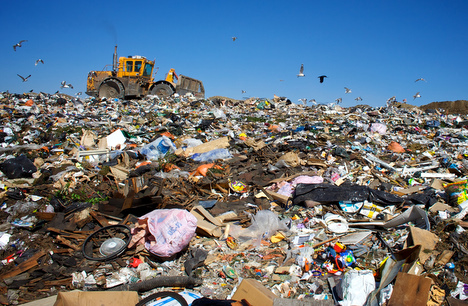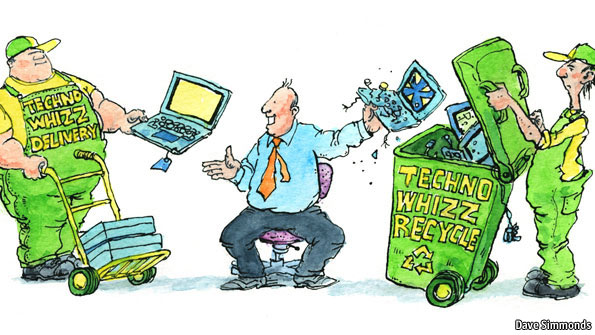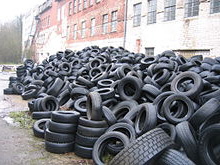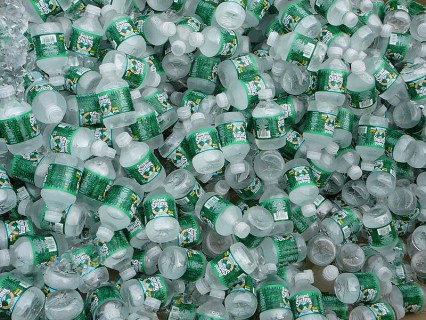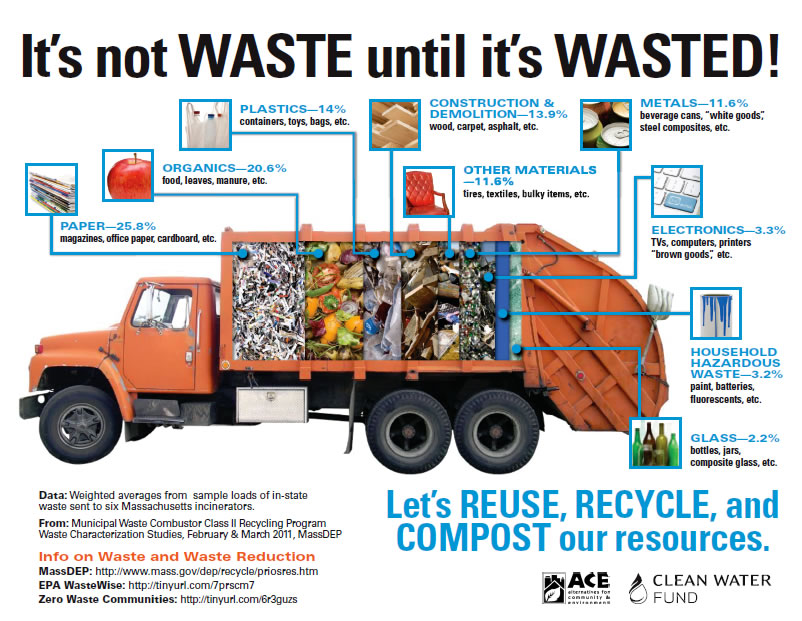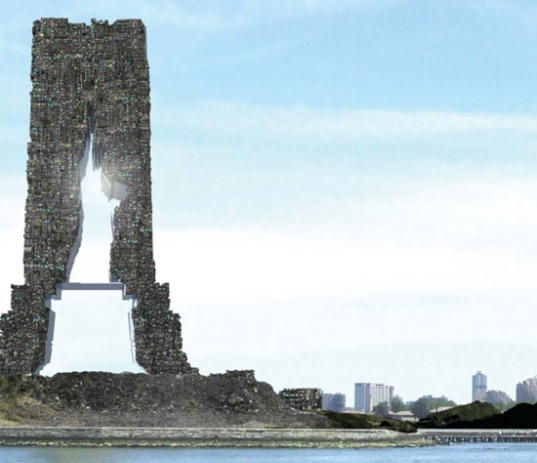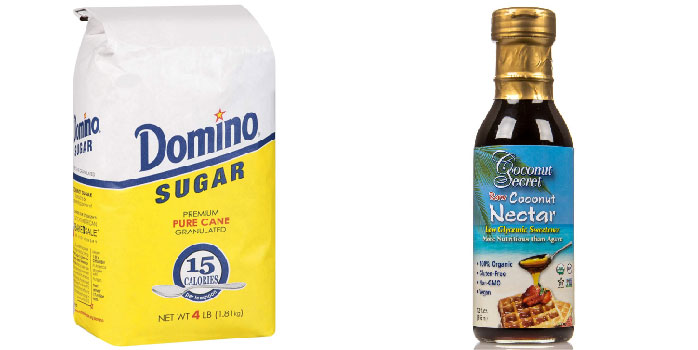Problems with Conventional Recycling
Wisdom-Square › Better Future › Problems with Conventional RecyclingThe “Extended Producer Responsibility” (EPR) is a concept that was officially named by Thomas Lindhqvist in Sweden in 1990. He simply believed that a manufacturer should take full responsibility over the products that they create, specifically reducing the potential harm that they may create when they are disposed of. The reason for this is because many times we find ourselves without any sustainable options available when we are ready to dispose of a product. Certain products have even come to be known as “priority products,” due to their high level of environmental harm they cause. Examples of these include items such as: electronics, anything with mercury, batteries, medical products, carpets, packaging, CTR TVs, etc.
Due to the combination of their shear amount and the fact that they contain harmful chemicals that get release when not properly disposed, this has caused agencies around the world to have to come up with a new system. The Extended Producer Responsibility is then set up to enforce manufacturers to handle the recycling process of their products, which can be accomplished either three different ways. The manufacturer can become encouraged to design their products specifically to better handle reuse, recyclability, and/or reduction of materials used. They could raise their Manufacturer’s Suggested Retail Price (MSRP) to reflect extra waste management costs that would be incurred with an unsustainable product. The point of this is to motivate the consumer to buy the sustainable product, since it will be cheaper than the unsustainable version of the product. This makes a lot of sense since it would ensure unsustainable products getting kicked off the market. And, finally the last option would be for the manufacturer to come up with an innovative recycling technology or system. This option is what intrigues me the most out of the three methods, because it opens up the most amount of possibility.
Let’s take a plastic water bottle for example, most of which are made using the bare minimum amount of plastic. It then is advertised most of the time on the bottle to create awareness within the customer. So now the customer is much more likely to purchase the more sustainable water bottles (possibly they also cost less) and when they are ready to recycle it, there are systems set up to make the process easy. This is because many water bottle manufacturers have teamed up to work with communities. But, no matter how well the manufacturer designs their product and no matter how easy it is for people to recycle, there will always a large group of people that end up mixing their garbage together and allow it to go to the dump. In fact, over the years it’s easy to realize that the amount of plastic bottles recycled increases, but what’s not so obvious is that the actual recycling rate remains steady at around 27 percent in the United States. This is the root part of the problem that cannot be solved by simply relying on the manufacture to take full responsibility. Although they should be conscious of what they create, it takes a lot more than what they can do to truly create “zero waste.”
Like I mentioned before, the ability for us to come up with innovative recycling technologies and/or systems offers the most amount of potential. People like Mitchell Joachim and his team at Terraform 1 are constantly pushing the limits of how design, architecture, and sustainability can come together. He proposes the idea of what if trash could be used in a constructive manner? He believes that industrial sized robots could be made to create buildings and even islands from the waste found in and around NYC. Instead of all this waste just sitting in landfills like Fresh Kills, which has lost most of its potential to be recycled in the convention sense, these large robots could automatically reuse this unappreciated resource to replace one of the most material consuming processes; building construction.
Joachim and his team are calling this project Rapid Reuse, and the first design is a reverse of the Statue of Liberty that would be built out in the harbor. The plans go even as far to recycle existing industrial waste compaction devices in order to process the trash and transform it into modular building materials. It is up to ideas and passionate people like Joachim that looks past the Extended Producer Responsibility’s limitations of relying solely on manufactures and focusing primarily on money as a motivational tool. Real change may only occur when we all work together and realize that there are no limitations if we choose to question existing infrastructures of systems and information.


